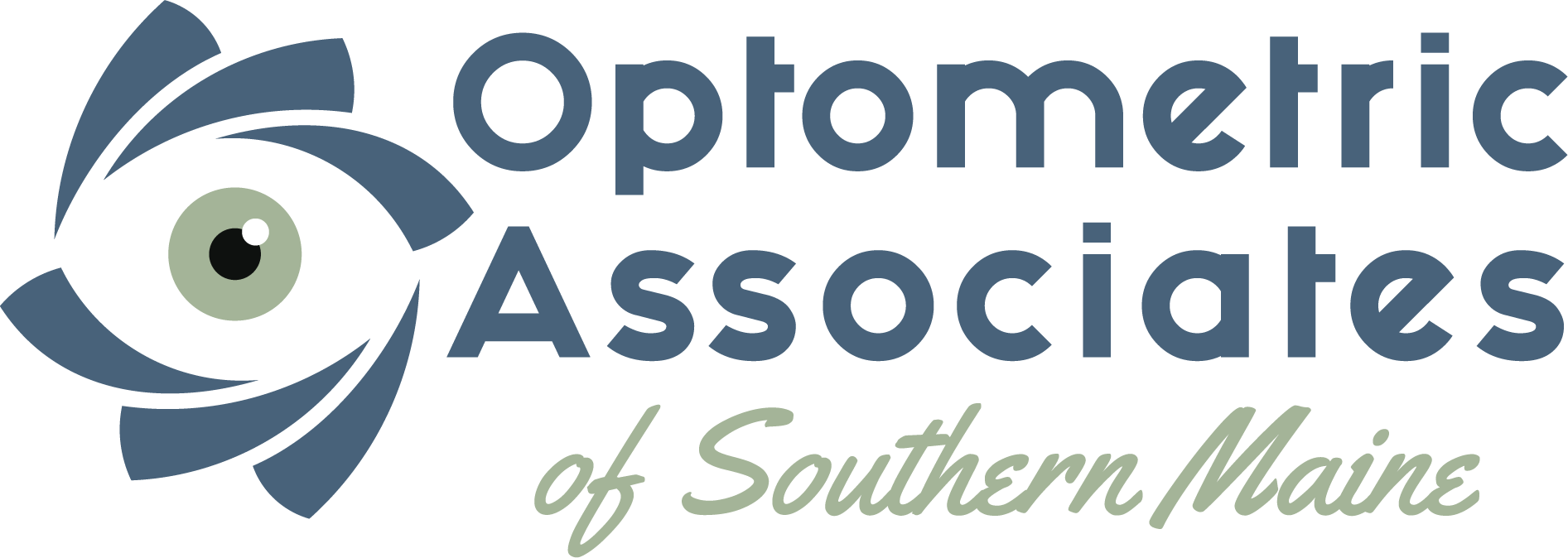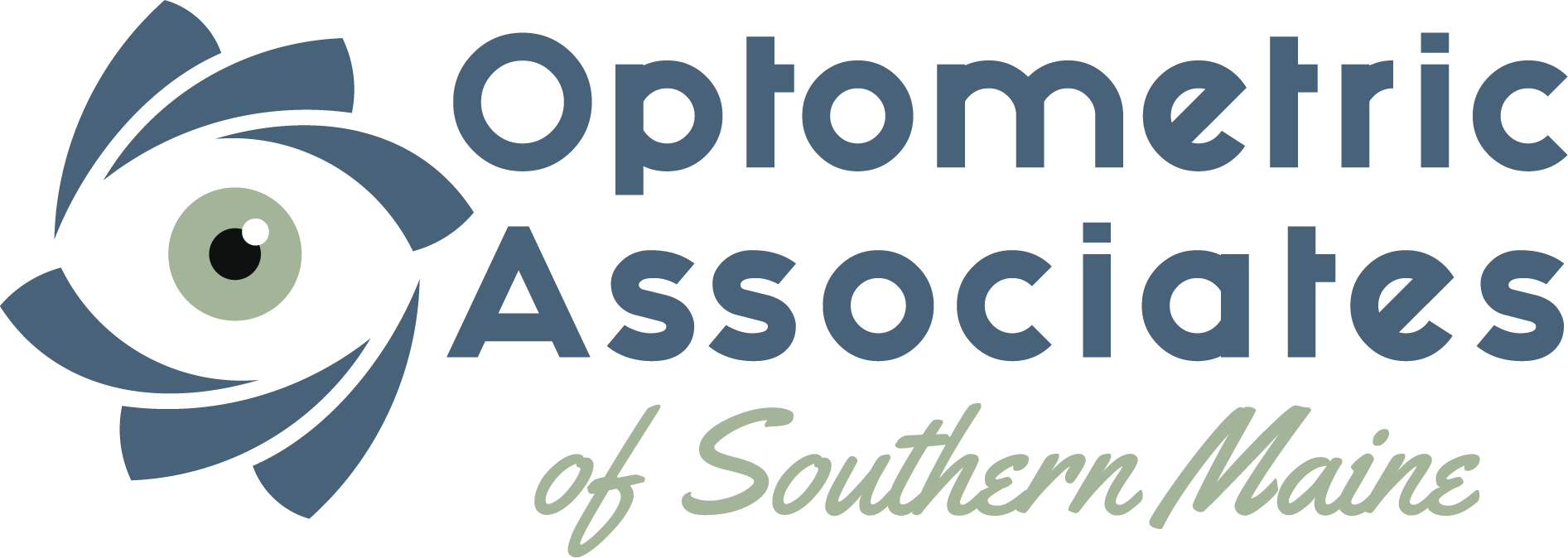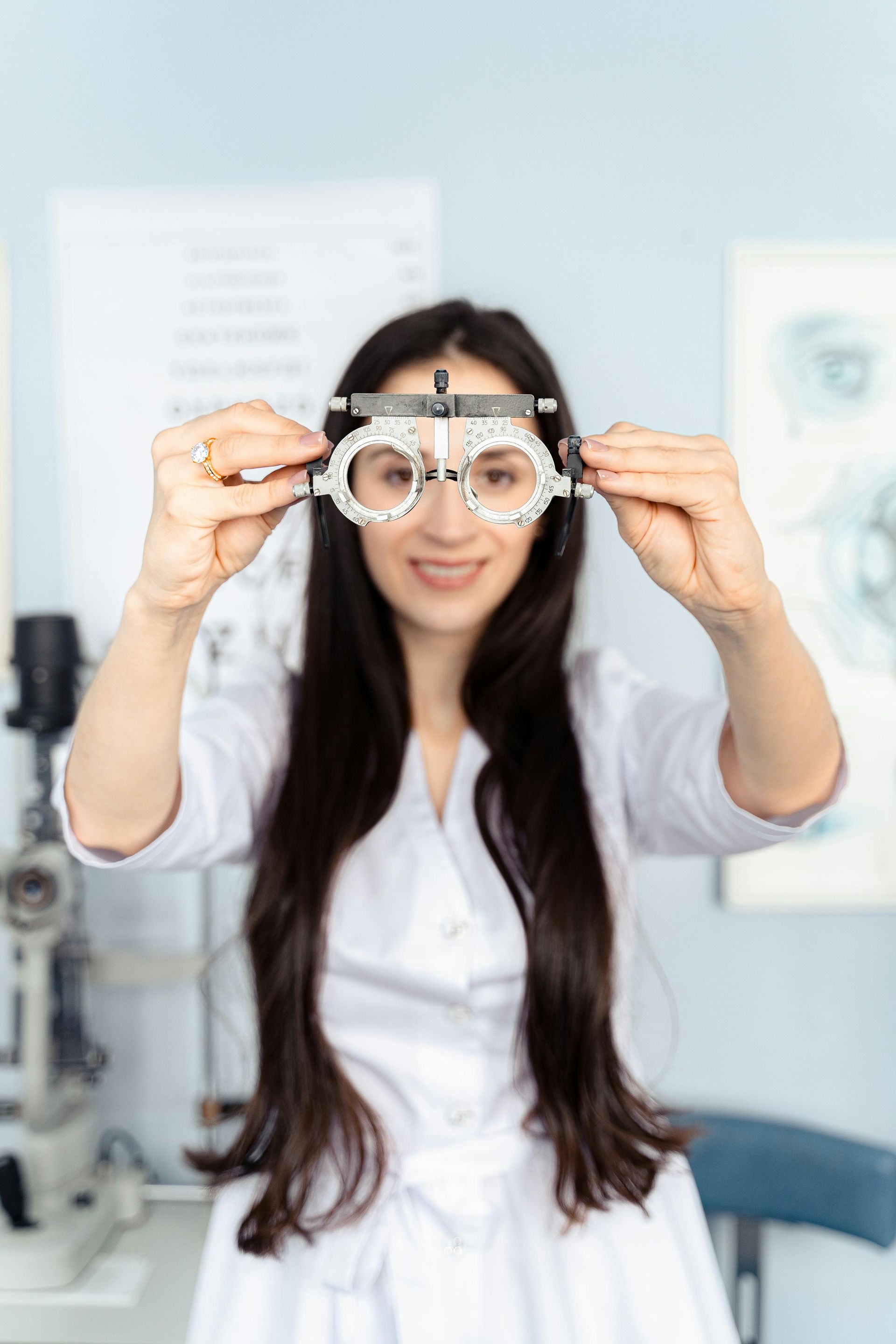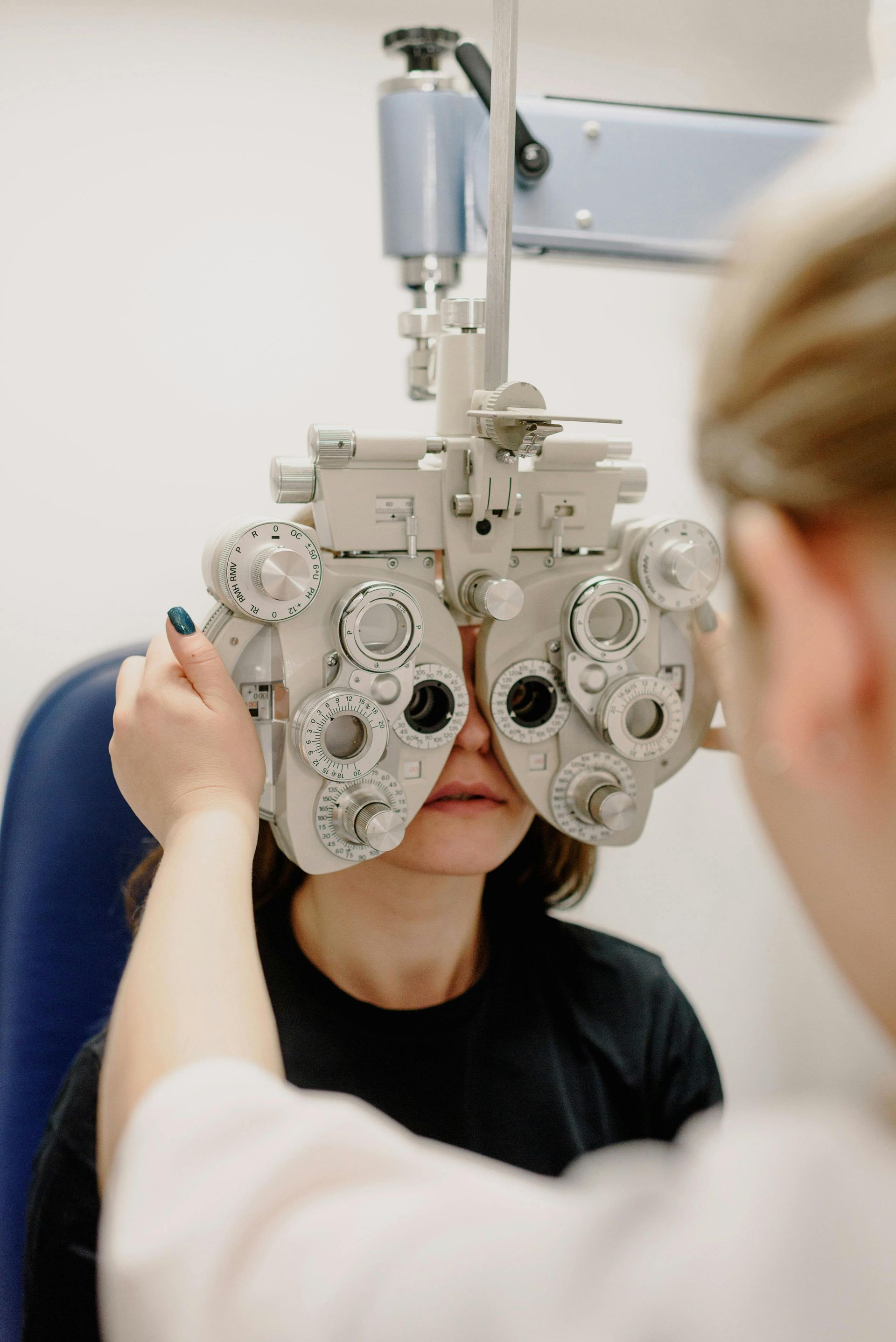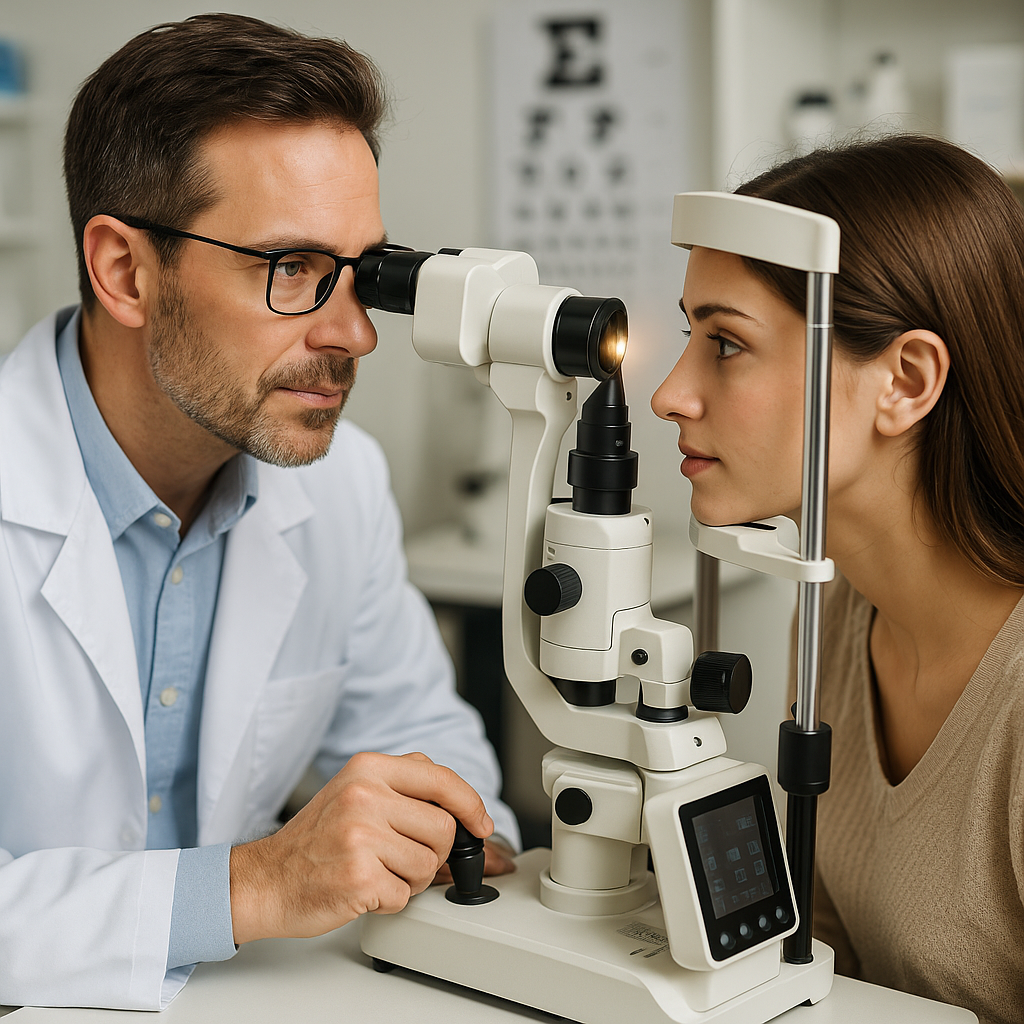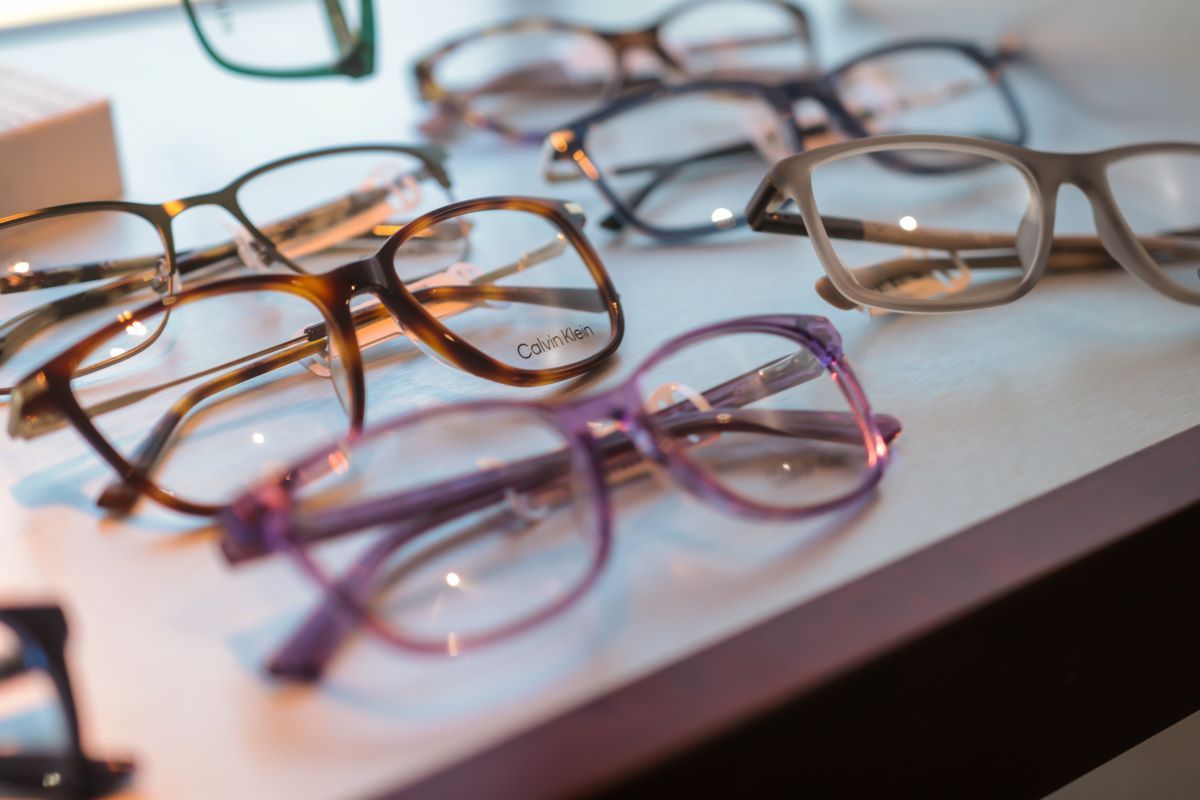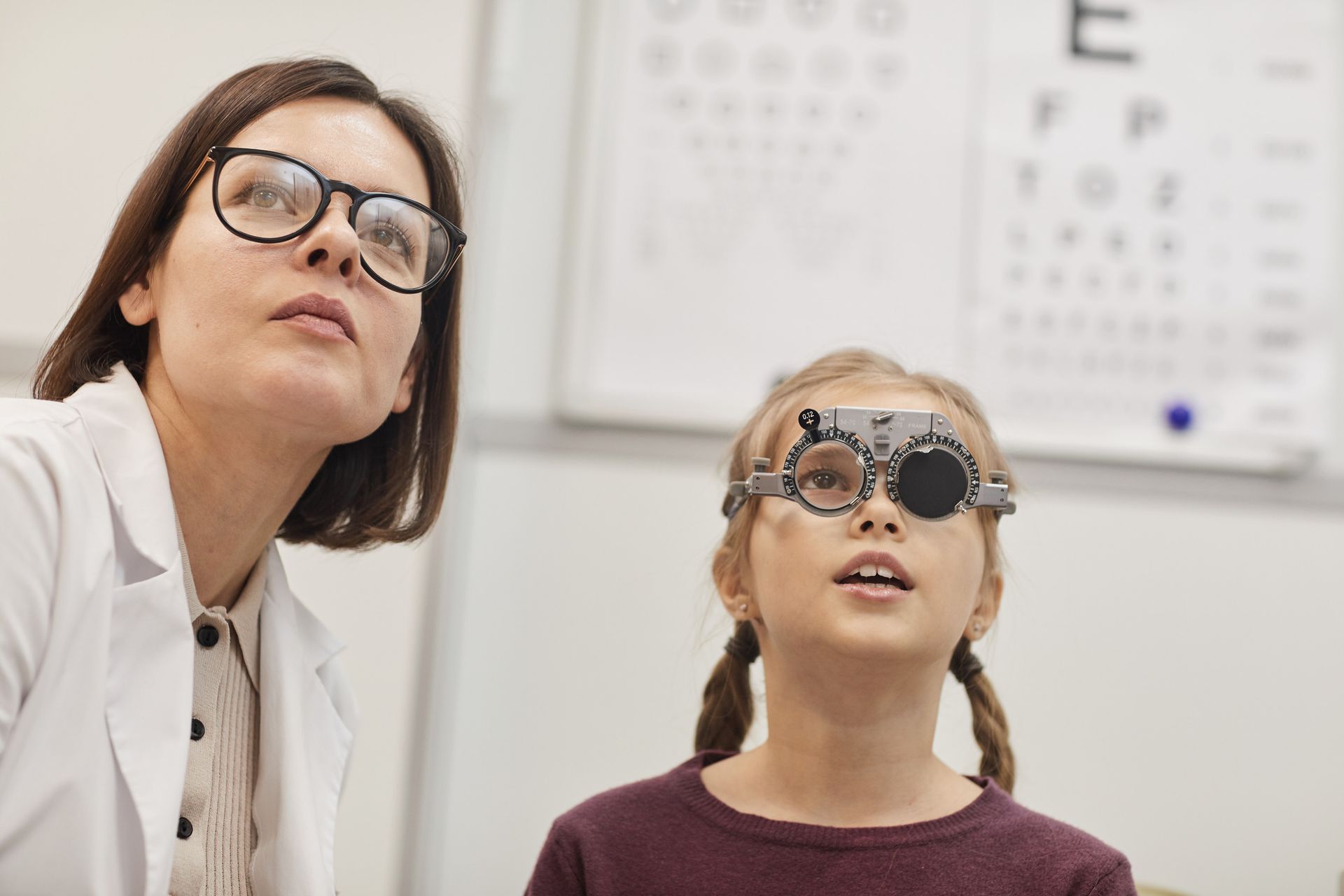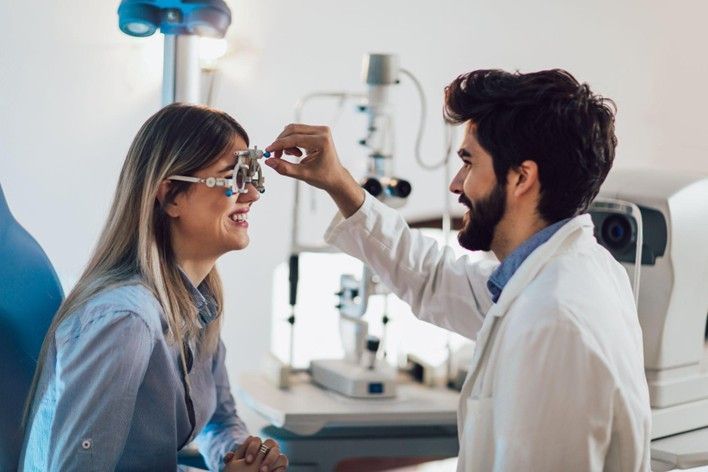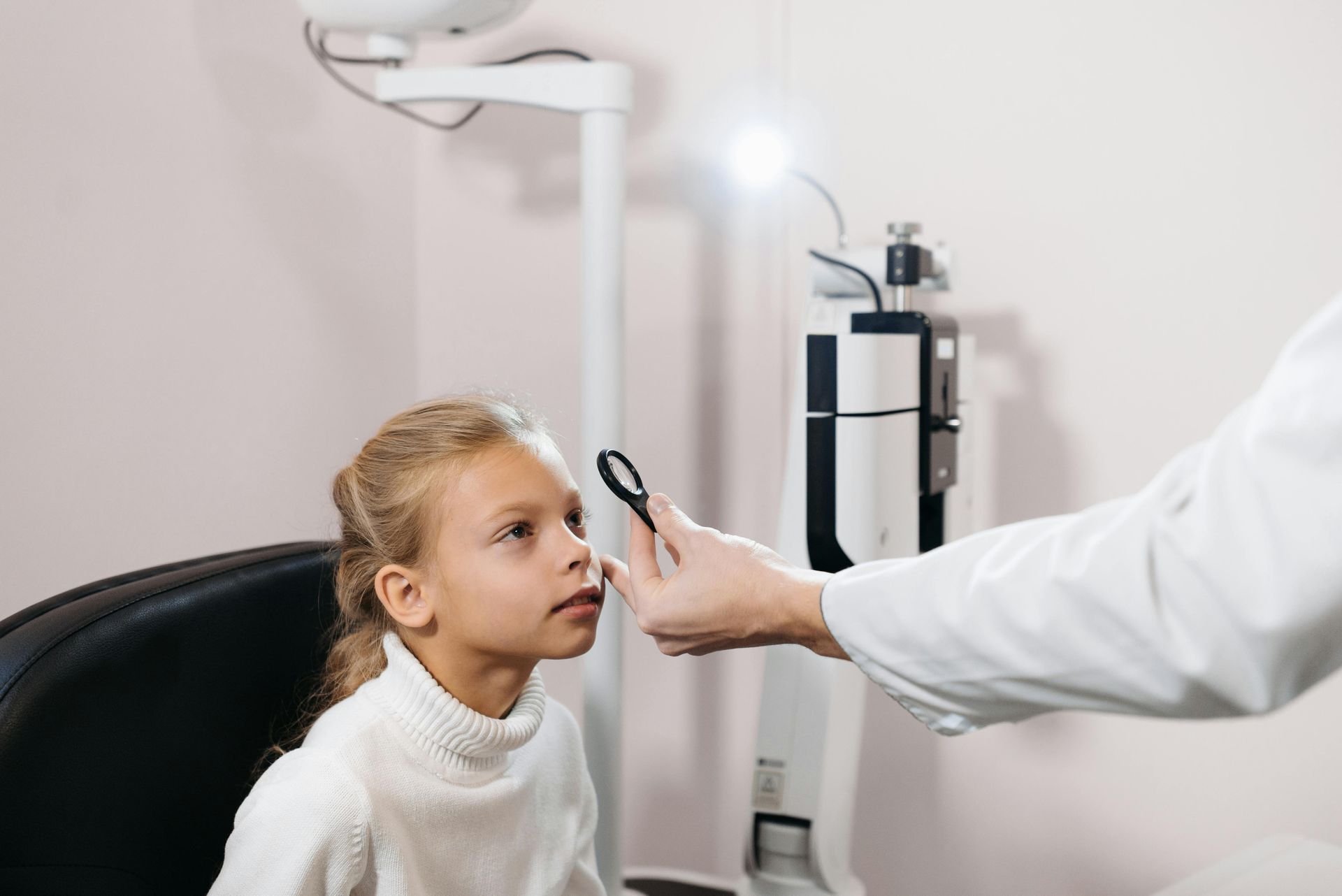How to Get Perfect-Fitting Glasses
Tips for Fitting Your Glasses

Not only are properly fitting eyeglasses necessary for comfort, but they also significantly affect the quality of your vision. You will undoubtedly experience vision-related issues if your glasses don't fit perfectly. As a result, it's critical to take into account a variety of measurements when looking for the ideal pair of glasses. This may entail picking the appropriate frame width, arm length, lens sizes, and other factors.
Here are a few essential tips on how to find perfectly fitting eyeglasses:
Choose the Right Frame Width for Your Face
When purchasing glasses, it’s important to choose the right frame for the width of your face. We suggest purchasing frames that are slightly wider than your face, but that doesn’t mean they should be too big. Your eyeglasses should not rest on your cheeks, touch your eyebrows, be larger than a finger's width past your temple, and extend above your eyebrows. If you are having such problems, see your eyeglass specialist and have your glasses replaced.
Check the Placement of the Bridge Width
Once you are certain that you have the proper frame width for your face, you should check where the bridge width should be placed. The part of your glasses that rests on your nose and connects the two lenses is called the bridge. If the bridge is too broad, you won't be able to see correctly through the lenses. Therefore, make sure they fit snugly on your nose. Additionally, adjustable nose pieces make it possible for the bridge to fit perfectly; an optician can help you with the right placement of the bridge width.
Make Sure the Arm Length Is Right for You
To keep your glasses in the proper position, make sure the arm, which is sometimes referred to as the temple, fits perfectly on your ears. Additionally, the arms of your glasses help keep them from slipping or falling off. So make sure your glasses don’t curve until they reach your ears.
Pupil Position Should Be Taken into Consideration
To make sure that your glasses provide you with a clear vision, it is crucial to review the PD measurement on your prescription. The middle of your glasses should line up with your pupils. For those who wear progressive or bifocal lenses and have astigmatism or presbyopia, proper pupil position is especially important. Your optician can assist in making sure your eyes and your glasses work together.
Find the Right Contact Lenses!
For many people, contact lenses are the best option. They provide a wider field of vision, you need not worry about humid conditions, and they have many other advantages for an active lifestyle, including giving you a sense of normalcy, having many aesthetic benefits, and improving eye comfort. However, experts advise choosing high-quality rigid and soft gas-permeable lenses.
If you are on the lookout for optometrists to help you choose your eyeglasses, get in touch with Optometric Associates of Southern Maine’s eye care experts to help you get the proper glasses fit, and perform a thorough eye detection test to ensure your vision is in check. Contact us today for more information!
Reference links:
https://www.viennaeyecarecenter.com/how-do-you-make-sure-your-eyeglasses-fit-properly/
https://www.foreyes.com/blog/how-to-select-frames-for-your-eyeglasses/
https://www.visionexpress.com/glasses/buyers-guide/choosing-the-right-frame
